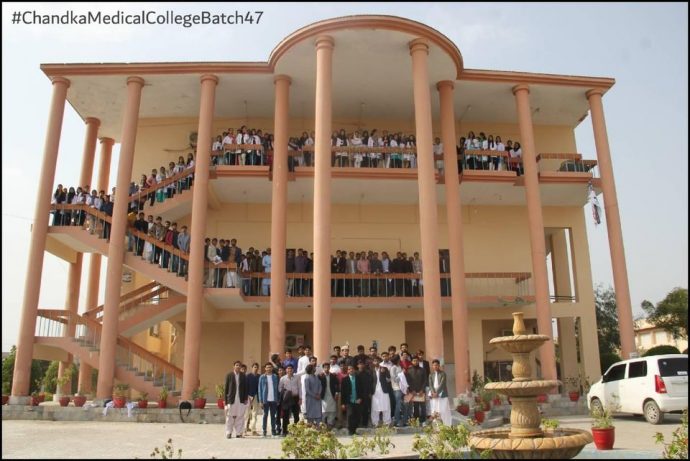
Pakistan’s educational woes, while not so extreme, are still not less worrisome.
The statistics are heartbreaking for a nation that gave birth to the youngest Nobel winner in history for promoting girls’ education.
Roughly 22.8 million children, or the entire population of Sri Lanka, do not attend school, and the female literacy rate is a pitiful 49 percent. These realities were exposed at the International Conference on Girls’ Education in Muslim Communities in Islamabad last week, but answers were still elusive. One person was conspicuously absent from the event. The Taliban government in Afghanistan, where girls are not allowed to go to high school, refused to let them. Its understanding of religion seems mediaeval, so this was not surprising. Even Muslim civilisations in the past placed a higher importance on education than the Taliban do now.
Even while they are not as severe, Pakistan’s own educational problems are nevertheless somewhat concerning. The announcement of a “education emergency” by Prime Minister Shehbaz Sharif is the latest in a long line of similar statements that have generated more rhetoric than real learning. We spend a pitiful 2.5 percent of GDP on education, far less than the 4 percent that Unesco recommends. On the other hand, Muslim-majority countries like Malaysia and Turkey have female literacy rates above 90%. With more than 70% of its women being literate, Bangladesh has made significant progress. Ignorance’s economics are striking.
In a time when discussions about the future are dominated by AI and quantum computing, Pakistan’s tech industry is still in its infancy because of its educational deficiencies. The nation is towards the bottom of the World Economic Forum’s rankings for both economic involvement and educational achievement, which could cause us to fall behind in the global knowledge economy.
There are a few bright spots. What focused intervention can accomplish is demonstrated by the Danish schools program in Punjab, which offers high-quality education in impoverished rural areas. The goal of the recently created Pakistan Education Endowment Fund is to assist low-income pupils with their higher education. However, there aren’t many of these programs.
The Islamabad Declaration, a 17-point declaration that acknowledges girls’ education as a “religious obligation” and a societal imperative, was signed at the end of the meeting. Cynics may question whether the declaration, which will be presented to the UN Security Council, will add to the mounting number of well-meaning but fruitless international pledges.
Attending the seminar, Malala Yousafzai stated clearly that 12.5 million Pakistani girls are still not enrolled in school. Ms. Yousafzai, who escaped a 2012 TTP assassination attempt for supporting girls’ education, is a striking representation of Pakistan’s educational potential as well as its difficulties. However, children cannot learn to read by symbols alone.
There is a clear way forward: significantly raise education funding, remove cultural obstacles to females’ education, and turn words into deeds. In the meantime, Pakistan runs the risk of sentencing itself to economic irrelevance in a world that is becoming more and more knowledge-based, as well as another generation to ignorance.

Content writer, educationist, teacher, researcher, social media manager, and a SEO manager from lahore. She has been working as a freelance academic and non-academic writer for more than 20 years now. She has a passion to learn new things and has a knack for writing and she combines both things to produce write ups she pours her heart out in.

